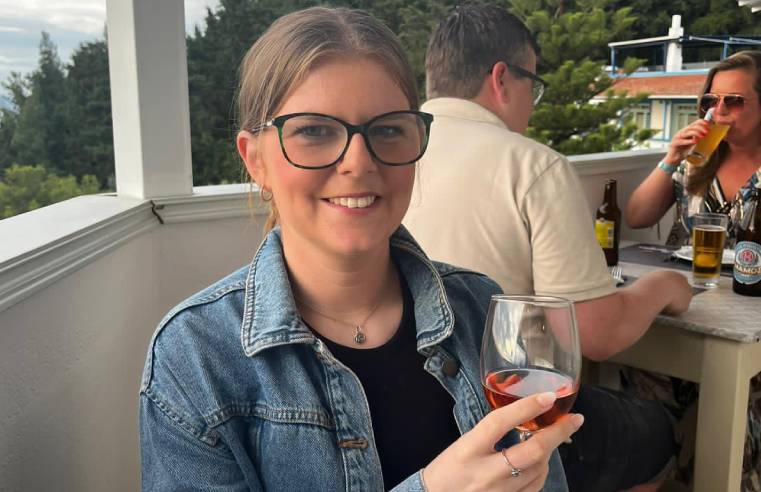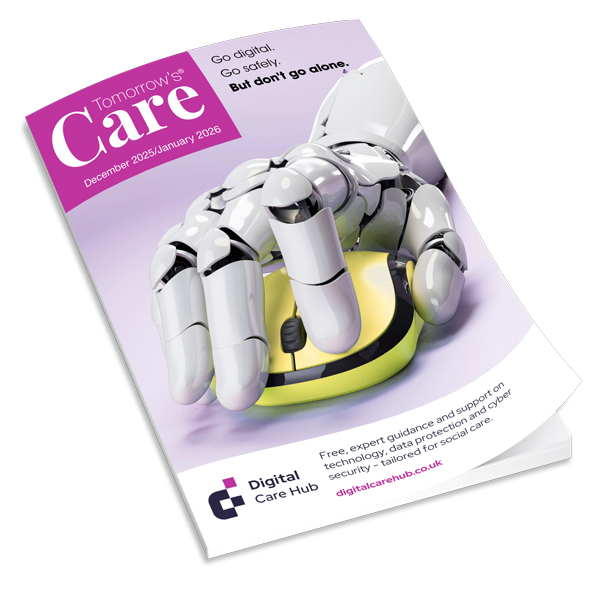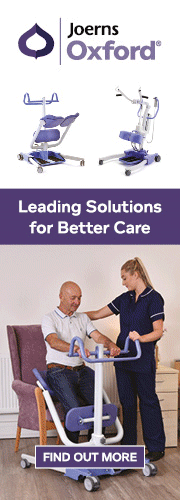We caught up with Professor Michel Burnier, Chairman at European Society of Hypertension (ESH) Working Group, to talk cardiovascular pharmacotherapy and adherence.
Q: On the occasion of the International Day of the Elderly People, 1st October, the conference organised by SIHA focused the attention on the lack of adherence to therapies. Is it such a widespread and serious problem? What are its consequences?
A: Today, poor adherence to drug therapies is recognized as one of the major causes leading to uncontrolled hypertension in the population. After one year of treatment, 40% of patients have interrupted their antihypertensive therapy. The problem is particularly important among young patients (less than 50 years) and older persons (greater than 80 years). In this latter group, more than 60% of persons have hypertension and need to take antihypertensive drugs for the rest of their lives.
The major consequences of poor adherence to antihypertensive drugs are the following: first, an uncontrolled blood pressure which will lead to an increased risk of cardiovascular complications such as stroke, heart failure, myocardial infarction and renal complications. Non-adherence is strongly associated with an increased mortality and a higher cost of health care. Thus, addressing the issue of non-adherence is crucial and could benefit to all stakeholders from patients to the health care system
Q: At the conference, you announced the launch of a project related to adherence to therapies and hypertension that will involve several European countries, including the United Kingdom. How will it develop and what objectives do you have?
A: The project that has been developed as a partnership between the European Society of Hypertension and Servier has two objectives: The first is to increase the awareness of patients about non-adherence and its consequences and to better understand the patients’ view on the burden associated with the need to take pills for a lifetime. This will be realized through an online survey distributed to hypertensive patients through patients’ organisations in France, Germany, Italy, Spain and UK.
The second objective is to increase the healthcare professional’s ability to address adherence issues with their patients. In a recent survey among excellence centres in Europe, it appears that 62% of physicians never had any training on how to discuss adherence problems with their patients. This part of the program will be developed through interactive symposium in ESH international meetings as well as during Summer School meetings and national meetings.
Q: Simplifying therapies can help improve adherence, as also suggested by a recent Italian study. What solutions could be adopted?
A: Simplifying therapies is indeed a major step to improve drug adherence in hypertensive patients. Today, many single-pills drug combinations containing two or three substances are available on the market to treat hypertensive patients. The use of single combinations increases drug adherence by a bit more than 20%. Yet, non-adherence remains, and other ways need to be investigated such as reminders of different sorts. One important issue is how to recognize non-adherence in clinical practice. Direct interviews are not reliable (50/50 success/failure). Today, new technologies such drug measurements in the urine or electronic monitoring are available which really improve physicians’ ability to detect non-adherence. This may also help entering in a discussion on the causes of non-adherence with the patient.
Q: As pointed out at the conference by the President of the European Commission Ursula von der Leyen, longevity is a prospect that will increasingly mark the future of Europe and the entire society. What are the challenges that will arise in the coming decades and how are we preparing? Which is the role of scientific societies and associations, like ESH and SIHA, in this regard?
A: The main issue regarding the medical management of older persons in Europe, is not necessarily to increase longevity but rather to increase the quality of life of persons with an advanced age. The idea is to have subjects staying independent and active as long as possible thus reducing the costs of cardiovascular complications such as stroke or heart failure.
A healthier older population should decrease the need for institutions to care of these patients and improve the activity and the economic role of elderly persons. In this regard, collaborations between medical societies such as the ESH and patients’ organisation is crucial. Older persons should be involved in the medical strategies and discussion concerning their own health. This is the reason why we attempt to reinforce the link between medical societies and patients.





















